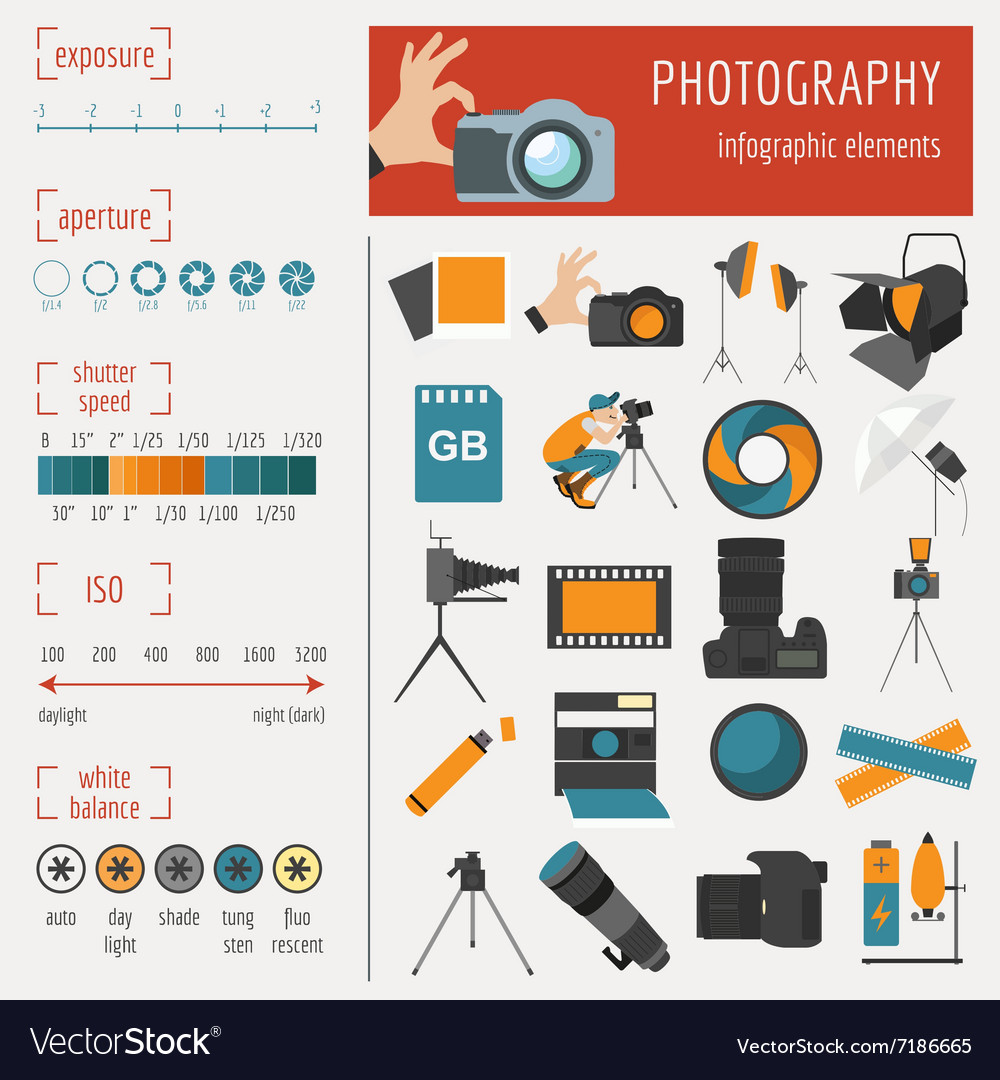What Every Photographer Must Understand About Illumination
What Every Photographer Must Understand About Illumination
Blog Article
Post Created By-Greenwood Fraser
As a professional photographer, you know that lighting can make or break your pictures. Comprehending the nuances of both natural and fabricated light is essential for capturing the state of mind and clearness you aim for in your job. Whether you're chasing the excellent golden hour glow or tweak your artificial setups, understanding these components can boost your digital photography significantly. Yet there are common pitfalls that numerous overlook, and identifying them can transform your method to every shoot. Let's discover what you might be missing and how it can impact your results.
Understanding Natural Light
Recognizing all-natural light is crucial for any digital photographer wanting to improve their job. It's the foundation of excellent digital photography, influencing state of mind, tone, and clarity. When you shoot outdoors, take note of the moment of day. The gold hour-- soon after sunrise and prior to sundown-- uses soft, warm light that can transform common scenes into stunning images.
Don't ignore the power of cloudy days. Cloud cover diffuses sunshine, producing a soft, even light that's perfect for portraits and macro photography. You'll find shades appear this sort of lighting without extreme darkness.
Positioning issues, too. Constantly consider your subject's orientation to the source of light. If the sunlight's behind your subject, you might wind up with a silhouette, which can be remarkable yet mightn't be what you want. Alternatively, direct sunlight can create uncomplimentary shadows.
Trying out angles; sometimes, transforming your perspective can produce incredible outcomes. Use linked webpage -natural reflectors, like water or sand, to jump light onto your topic, adding dimension.
Mastering Artificial Light
Understanding fabricated light is crucial for digital photographers who wish to take their abilities to the next level. Whether you're using speedlights, workshop strobes, or continual lights, recognizing exactly how to manipulate these resources can dramatically boost your pictures.
Beginning by acquainting yourself with the essentials of light high quality, direction, and color temperature level. Trying out various modifiers like softboxes, umbrellas, or grids to manage the softness or cruelty of the light.
just click the next website page 'll find that soft light usually produces lovely results, while harsher light can include dramatization and depth. Don't avoid shadows; they can enhance the three-dimensionality of your subjects.
Pay close attention to the positioning of your lights. A light located as well near your subject can create uncomplimentary outcomes, while also far can cause an absence of information. Make use of a light meter or your cam's histogram to guarantee you're subjecting appropriately.
Last but not least, keep in mind that artificial light can be mixed with ambient light for creative impacts. Stabilizing these resources could take method, once you understand it, your photography will absolutely beam.
Techniques for Different Circumstances
When you enter different capturing scenarios, adapting your lights methods is essential for recording the best pictures. For exterior pictures, utilize the gold hour-- morning or late afternoon light-- to soften darkness and enhance skin tones.
If it's an extreme midday sunlight, consider making use of a reflector to bounce light back onto your topic or look for shaded areas for a more also direct exposure.
In low-light situations, like indoor occasions, raise your ISO and use a wide aperture to let in even more light. A tripod can aid get rid of cam shake, allowing for longer exposures without blurring.
If you're shooting at evening, explore off-camera flash to develop vibrant lighting and deepness in your photos.
For item photography, utilize diffused lighting to prevent rough reflections. Softboxes or light tents can aid accomplish this effect.
When photographing landscapes, consider the direction of light and time of day, as it can dramatically change the state of mind of your shot.
Always prepare to change your setups and placing based upon the circumstance, as flexibility is essential to understanding lights in photography.
Final thought
To conclude, mastering lighting is crucial to elevating your digital photography abilities. Embrace all-natural light's charm during gold hour, and do not shy away from experimenting with synthetic light methods. By adjusting your strategy to various circumstances, you'll catch spectacular images that resonate with feeling and quality. Keep in mind, the best lights can transform a common shot into something amazing, so maintain exercising and refining your understanding of both natural and fabricated light. Delighted shooting!
